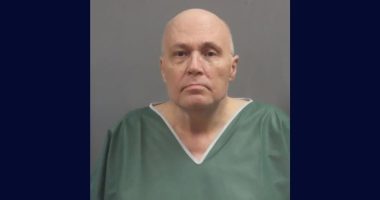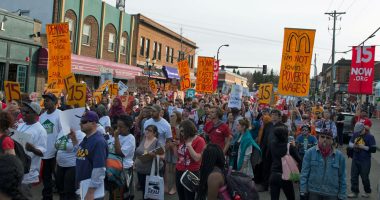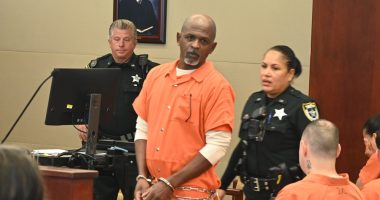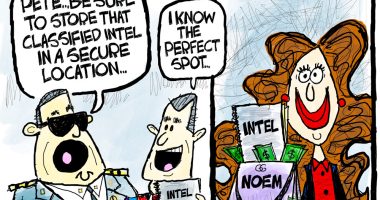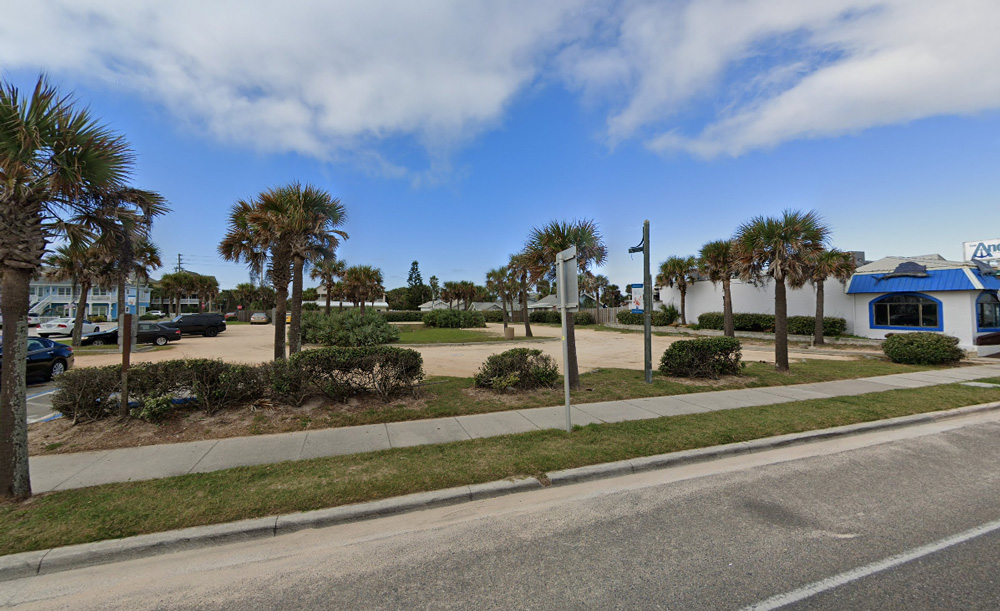
Last October, Florida Landmark Communities sold a 34-acre tract of land in Palm Coast’s Town Center, on the west side of Town Center Boulevard and just south of Royal Palms Parkway, to an Atlanta-based data center company called DC Box for $3.5 million. DC Blox is planning to build a massive data center at that location, though those plans remain under wraps in Palm Coast.
“It is a state-qualified economic development project we are required to keep confidential,” a city spokesperson said today of a project cheekily called Project Orchid. County officials panicked late Friday afternoon when they got word that the project would be revealed here.
Little about it is confidential anymore. The data center depends on being a landing point for up to eight undersea cables, also called submarine communications cables that would make landfall at two spots in Flagler Beach and weave their way underground to Palm Coast’s Town Center–assuming Flagler Beach were to grant the company the necessary easements.
Those submarine cables are the backbone of the internet, carrying 95 percent of all data communications in the world. They need a place to land, from where they fan into data centers that in turn fan out through different forms of communications. Flagler Beach and Palm Cast would be among just 45 such landing points on the American east coast.
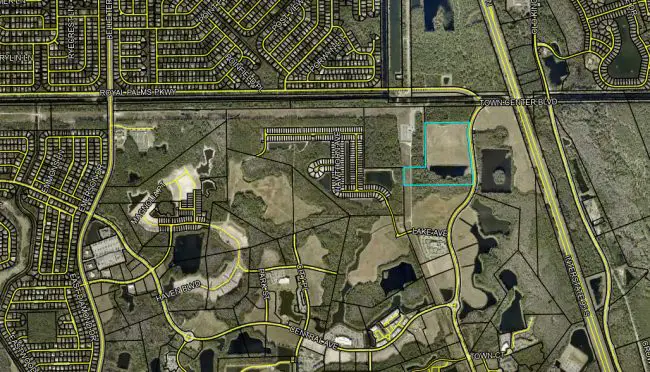
But the Flagler Beach City Commission is opposed to granting one of the two easements DC Blox is seeking in the city, because it would all but make development impossible on one of its prime beachside parcels.
That’s making Palm Coast Nervous: Chief of Staff Jason deLorenzo was seen speaking about it with a Flagler Beach city commissioners at an unrelated event in Bunnell this week: Palm Coast wants its data center, and DC Blox wants its easement. But it appears that the ground wasn’t well prepared for the proposal when it came to light at a Flagler Beach city commission meeting last week. The commission is deferring its decision.
The company is looking for easements at South 6th Street, through a city-owned parking lot next to the Anchor restaurant, and on North 11th Street, where a homeowner has a vacant lot. Four undersea cables that would have been 75 to 100 feet below the sea surface and 25 to 30 feet below the beach would connect at each location with 5.5-inch diameter steel pipes going into a vault 8-by-10 feet just below each lot’s surface, 5 feet deep.
There would be a 30-by-30-inch manhole-like spot in the center of the parking lot just above the vault. The four pipes would terminate from the sea right there, then route west to the Palm Coast data center. Grounding arrays are also required: Santa Maria del Mar has granted easements for them to be installed at the edge of its parking lots.
“All you will see is what looks like a storm drain cover, all of the infrastructure underground,” Gatch said. But there is to be a manhole installed every 1,000 feet along the trajectory of the cables as they make their way to Town Center. “So some disruption, like most utility projects while we’re doing it, and then you you don’t know where they are after.”
The company would pay only a one-time fee of $100,000 for the easements for each cable landing at the site. But the parking lot property is valued at well over $1 million.
Commissioners Rick Belhumeur and Eric Cooley did not like the possibility of a cable drilling down from the 6th Street lot as it could impede future improvements on that lot. Cooley was more amenable to having the cable run down a right of way–or to move what would be the center vault on the 6th Street lot to the side of the lot. But there’s not much the company can do to preserve the 6th Street property as developable land.
“For us to effectively use that site, it would limit your ability to bid on that site, because we’re going to need a good amount of that site,” said Chris Gatch, executive vice president of DCB Orchid, the local subsidiary of DC Blox. “You should think about it as pretty significantly reserving that lot for its purpose of parking and for this easement.” He said his company was paying the city $200,000 for the easement for the first two cables.
“We’re we’re talking about a piece of property that’s worth a whole lot more than that,” Belhumeur said. “That 6th Street parking lot. It’s irreplaceable for us at this point in time, because we’re getting built out.” Cooley called it “a monster scandal” if the vault was built in the middle of the property.
Alternately, Mayor Patti King said, the easement “should reflect the value of that property into the future so you’re recouping that cost if you can’t develop it today.” King, sitting through her first meeting as mayor, was also the only one to note the strategic risks of having that infrastructure in the city: though she only alluded to it tactfully, it would become a prime and easy target for tactical attacks. The same holds true for the Palm Coast data center: it would potentially turn the city into a military target.
Gatch, of course, along with willing officials, are selling it exclusively as an economic development boon. “We’ve been working on this as an economic development initiative for some time with some of you here as well as officials at the county and the city of Palm Coast,” Gatch said.
“It will make this area a nexus of international internet communication, of which there are only maybe five or six other locations like it on the East Coast,” Gatch said. “It may surprise you to know, there are only about 45 international subsea cables that really matter on the East Coast, that go to South America and Europe and all over the world.” The facility will “attract the largest amount of content being used by the big guys. Think of the big social media companies and cloud companies and things like that we use. So it will drive a lot of internet traffic here that will attract fiber, and it will be good for the entire area yet.”
As of last June, there were 485 undersea cables totaling 900,000 miles worldwide, with an additional 70 planned. AT&T and China Telecom are the two leading owners of those cables, with Amazon, Google and Meta among the giant owners. (See: “Undersea Cables, Backbone of the Global Internet.”)
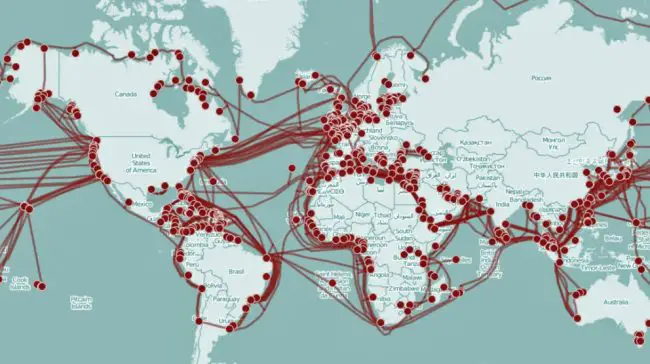
Calling it an economic development project in the traditional sense is somewhat of a misnomer. There’s little question that undersea cables have become strategically vital to public safety, national security, education, health, business and private citizens. Since about 145 undersea cable are severed every year, redundancy is also vital. In that sense, the additional cables are part of a growing ecosystem of technological infrastructure that strengthens existing communications reliability and ensures future economic growth.
But Gatch did not make clear how it would be good for the region specifically, because he couldn’t, beyond some speculation of what a data center might bring: the cables themselves have the same net economic effect on the grounds they cross as do power lines. The lines aren’t economic drivers, only the end users of the power are–unless, say, Google or Meta were to locate operations in the county. But they are more likely to use the landing stations with their own cables–the way Google said it would at DC Blox’s Myrtle Beach facility–than have any other kind of presence.
End users of undersea cables’ data will by definition be for the most part nowhere near Flagler Beach or Palm Coast. Only the few workers in the data center will be. Put another way, data cables going through a town are no more beneficial to the town than megavoltage power lines, only they’re not as visible. The immediate benefits are a faint, negligible drizzle that may at some point translate into clusters of communication companies’ satellite operations.
Belhumeur picked up on the transience of the cables’ benefit to Flagler Beach. “So what you’re saying is there’s no opportunity for us to take advantage of this cable as it’s going through for Flagler Beach, for Flagler Beach residents?”
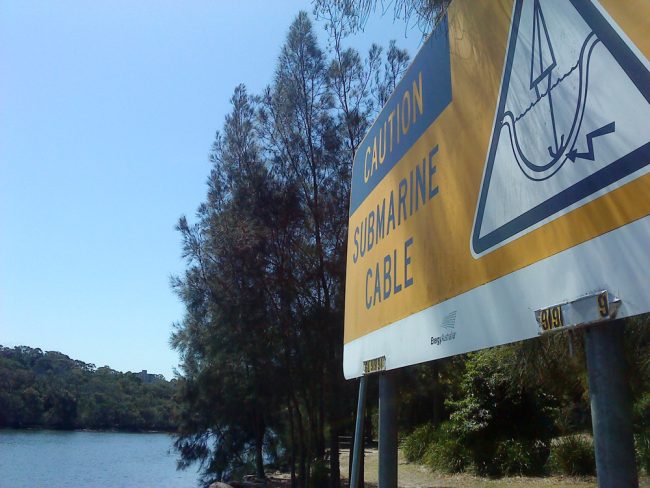
“My view is that’s a tide that rises all boats,” Gatch said, using another metaphor for what can also be seen as trickle-down benefits. “But it’s hard for me to say to you honestly sitting here how much of that lands in the city of Flagler Beach versus city of Palm Coast or a county benefit. But I would say to you for the area, it is a significant development.” In his memo to city officials, he described the Palm Coast data center as the hub of regional benefits: “This facility will attract various telecommunications companies and internet service providers, fostering a competitive marketplace for high-speed connectivity.”
“I’m not opposed to this,” City Commissioner Jane Mealy said, asking a few questions about the aesthetics of it, and asking that if it is to be framed as an economic development project, Palm Coast alone should not be named.
Beyond the hurdles in Flagler Beach, the FCC must grant a license to the company that’s building the cable infrastructure. The U.S. Army Corps has to permit the shore work. That will take a year. Utility permitting is required landward, and further permits are required to cross the Intracoastal, where there are two crossings: one at the State Road 100 bridge, one between two private easements, further south. There are no bridge attachments: the cables burrow beneath the Intracoastal.
The work will not interfere with the Army Corps’ plan, starting in June, to rebuild the beach north and south of the pier. That project will end by December, before DC Box would begin its project.
But for now, and with all the questions raised at last week’s commission meeting, both commissioners and Gatch agreed that it was better to defer the decision “and see if we can find a decision before we come back,” he said. There was no objection to the north location, however.
The project “will come to city council at some point,” the Palm Coast spokesperson said, but no date has been set. It is likely the company is looking to clear the Flagler Beach hurdle before taking the next step, all the while keeping Palm Coast residents officially, ostensibly, in the dark, despite the project’s ramifications.
![]()
cable-easement



